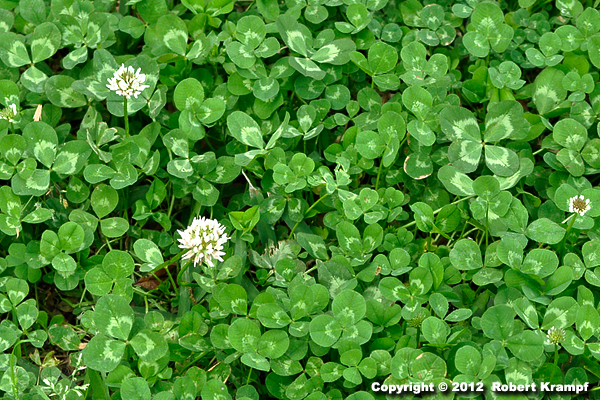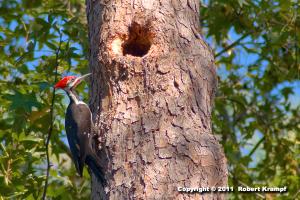
Answer:
In Northern states, where the climate is cooler, most White Clover do not have the genes to produce cyanide. In Southern states, most White Clover do have the genes for cyanide production, and in between, there are areas where the mix is half and half. It would seem that producing hydrogen cyanide to discourage herbivores would always be an advantage, but it seems to be a disadvantage in colder climates. It is thought that in an environment with fewer insects, the extra energy required for cyanide production is a disadvantage.
Cyanogenic White Clover can also be harmful to larger herbivores if eaten in large quantities, especially after a frost. Frost damages the cells, causing them to release the cyanide, making the leaves more toxic.
Because the genetics are simple, White Clover cyanide production is often used for studies in evolutionary biology to observe how an adaptation can be advantageous in one environment, and a disadvantage in another.

